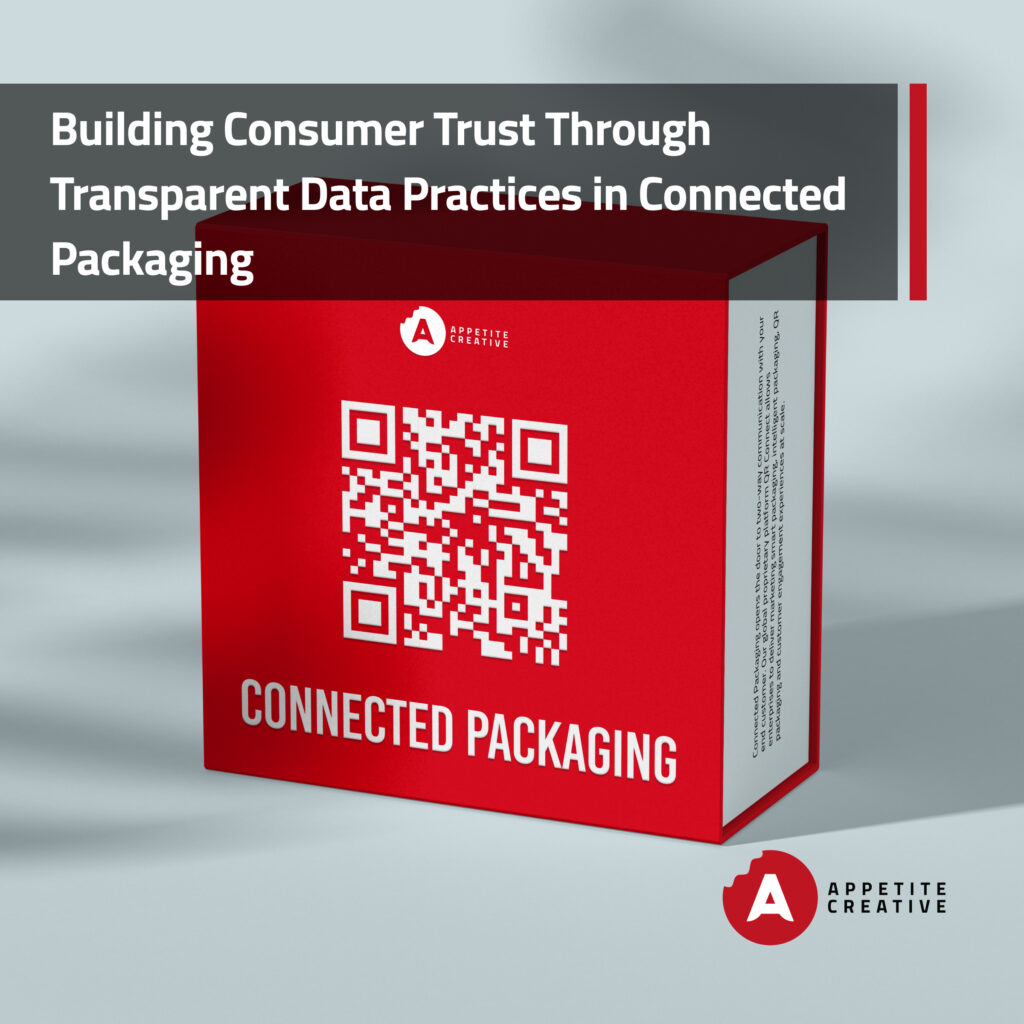
It is well known that consumers are more conscious than ever about how their data is collected, used, and shared. As brands embrace connected packaging to deliver personalized experiences, transparency in data practices becomes paramount for building consumer trust. In this blog post, we’ll explore the importance of transparent data practices in connected packaging and how brands can leverage them to foster trust and loyalty among consumers.
Understanding Connected Packaging
Connected packaging integrates digital technologies like QR codes, augmented reality, and NFC tags into traditional packaging designs. These technologies enable brands to provide consumers with access to additional product information, personalized promotions, and interactive experiences. However, the collection of consumer data through connected packaging raises concerns about privacy and data security.
The Role of Transparency
Transparency in data practices is essential for addressing consumer concerns and building trust. Brands must be transparent about what data is collected, how it’s used, and who has access to it. This transparency not only helps consumers feel more comfortable engaging with connected packaging but also fosters a sense of trust and confidence in the brand.
Implementing Transparent Data Practices
To build consumer trust through connected packaging, brands should prioritize transparency in their data practices. This includes clearly communicating the purpose of data collection, providing options for consumers to control their data, and ensuring robust security measures are in place to protect sensitive information. Additionally, brands should be proactive in addressing consumer concerns and providing transparent information about their data practices.
Leveraging Smart Packaging Solutions
Smart packaging companies play a crucial role in helping brands implement transparent data practices in connected packaging. These companies specialize in developing intelligent packaging solutions that prioritize data security and privacy. By partnering with a smart packaging company, brands can ensure their connected packaging designs adhere to best practices for transparency and data protection.
Building Consumer Trust
Transparency in data practices not only helps build consumer trust but also strengthens brand loyalty. When consumers feel confident that their data is being handled responsibly, they are more likely to engage with connected packaging and remain loyal to the brand. By prioritizing transparency and fostering open communication about data practices, brands can differentiate themselves in the marketplace and build lasting relationships with consumers.
Measuring Success
Measuring the success of transparent data practices in connected packaging requires tracking key metrics such as consumer engagement, trust levels, and brand loyalty. Smart packaging solutions provide tools and analytics dashboards that allow brands to monitor these metrics and make data-driven decisions to optimize their strategies. By continuously evaluating and refining their transparent data practices, brands can build stronger relationships with consumers and drive business growth.
In conclusion, transparency in data practices is essential for building consumer trust in connected packaging. By prioritizing transparency, implementing robust data protection measures, and leveraging smart packaging solutions, brands can foster trust and loyalty among consumers. As connected packaging continues to evolve, transparency will remain a cornerstone of successful consumer engagement strategies. By embracing transparency and prioritizing consumer trust, brands can differentiate themselves in the marketplace and build stronger relationships with their audience.
